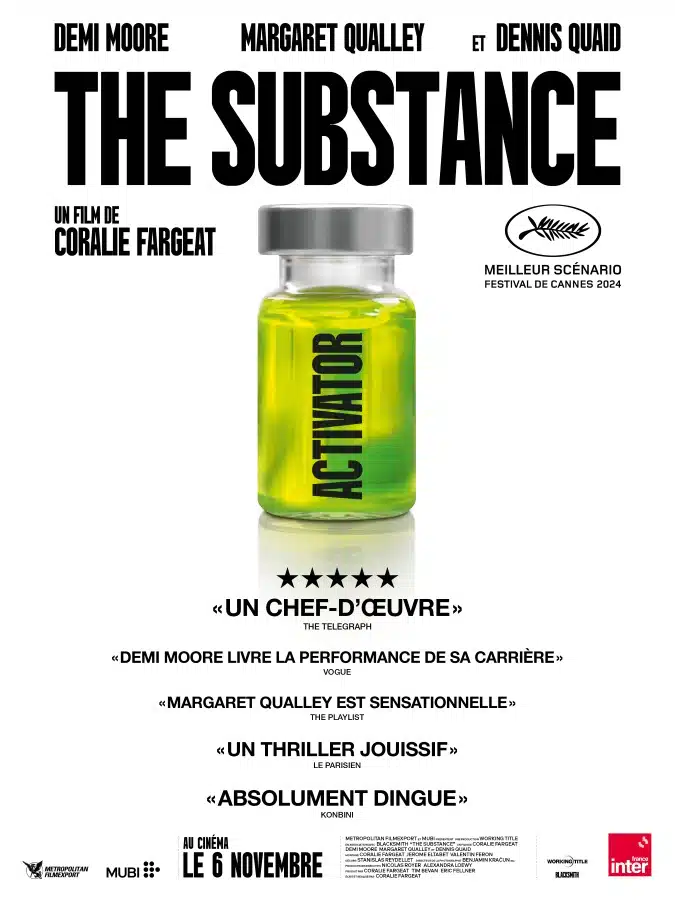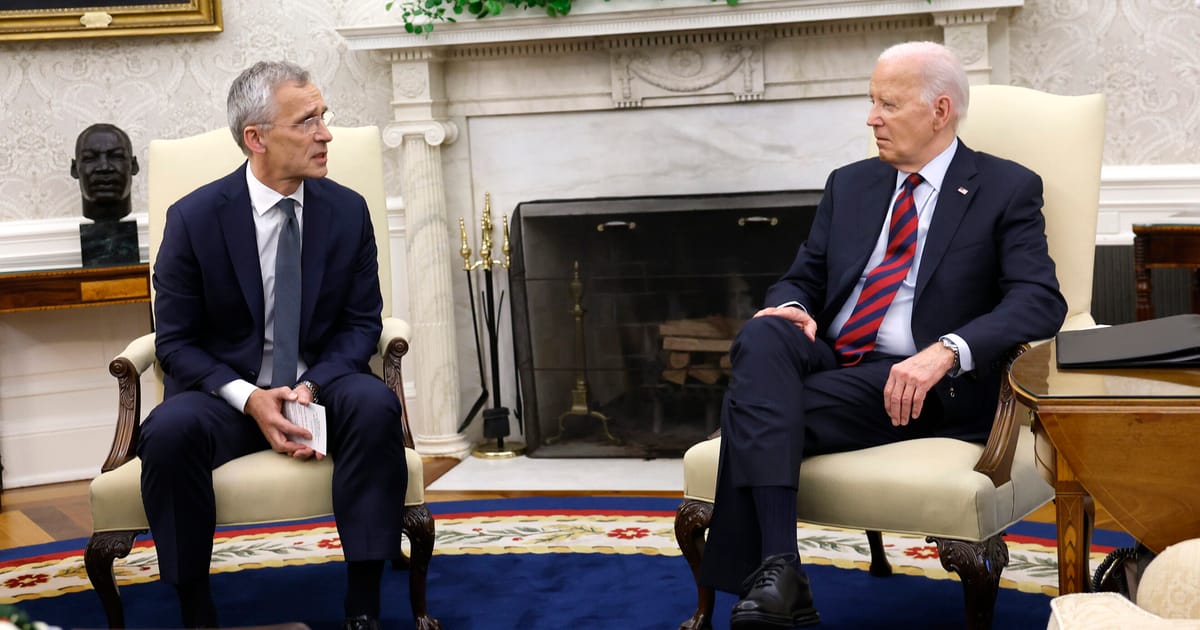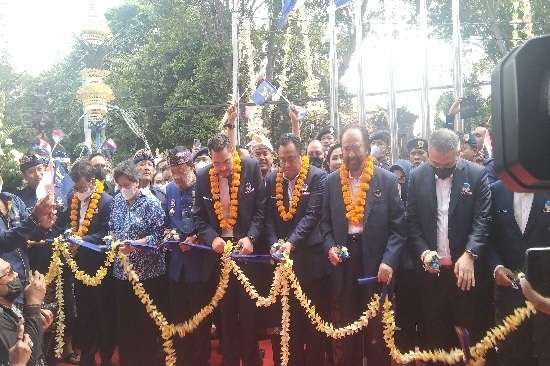Wes Anderson's Latest Film: A Critique Of Style Over Substance

Table of Contents
The Unmistakable Wes Anderson Aesthetic
Anderson's signature style is undeniable. Asteroid City is a testament to his dedication to visual perfection. Symmetrical compositions dominate the frame, creating a sense of carefully orchestrated balance. The pastel color palette, a hallmark of his work, pervades the film, enhancing its whimsical atmosphere. Slow-motion shots, often used to emphasize pivotal moments, are deployed with characteristic precision. The meticulously designed sets, a key element of Anderson's world-building, are breathtaking in their detail.
- Specific Examples: The meticulously arranged desert landscape, the symmetrical interiors of the town's buildings, the slow-motion shot of a family waving goodbye.
- Impact: These stylistic choices create an undeniably captivating visual experience. However, this visual richness raises the question: does it enhance the story, or does it distract from any potential narrative depth? The sheer beauty can, at times, feel overwhelming, potentially diverting attention from the plot and characters.
A Lack of Narrative Depth
While visually stunning, Asteroid City's narrative suffers from a lack of depth. The plot, a seemingly simple story about a junior stargazer convention, unfolds in a somewhat predictable and formulaic manner. The film's meta-narrative structure, while intriguing initially, ultimately dilutes the emotional impact of the central story.
- Weak Plot Points: The somewhat underdeveloped romance between the characters, the somewhat predictable resolution of the central conflict, and the feeling that multiple story threads are underdeveloped and underutilized.
- Comparison to Previous Works: While many fans appreciate Anderson's unique stylistic choices, there's a valid argument that, compared to some of his prior work, Asteroid City feels less innovative in terms of its storytelling. The film does not progress his storytelling techniques in any significant way.
Shallow Character Development
The characters in Asteroid City, while visually distinct and memorable, lack the emotional depth and complexity found in some of Anderson's other films. They often feel like archetypes rather than fully realized individuals. Their motivations and arcs remain relatively unexplored, hindering audience connection and empathy.
- Underdeveloped Characters: The father-son dynamic feels somewhat superficial, lacking the emotional resonance required to create a truly engaging narrative. Several characters serve largely as stylistic props rather than active participants in the plot.
- Impact of Style: The film's highly stylized visuals, while beautiful, may actually detract from the audience's ability to connect emotionally with the characters. The meticulous aesthetic sometimes overshadows the characters' internal struggles and relationships.
The Debate: Style vs. Substance in Filmmaking
The question of whether style should triumph over substance in filmmaking is a perennial one. Asteroid City exemplifies this conflict. While the film is undeniably a visual masterpiece, its narrative shortcomings leave many viewers wanting more.
- Successful Integrations: Films like Moonlight and Parasite demonstrate how compelling visual styles can seamlessly integrate with deeply impactful narratives.
- Pitfalls of Prioritizing Style: When visual aesthetics overshadow narrative substance, the film risks becoming a hollow spectacle, leaving the audience aesthetically satisfied but emotionally unmoved. The film does cater to a niche audience familiar with Anderson's style, but it questions whether this is enough.
Conclusion
Asteroid City is undoubtedly a visually arresting film, showcasing Wes Anderson's signature style at its finest. However, the film's narrative weaknesses and relatively shallow character development leave the viewer wondering if the captivating visuals ultimately outweigh the lack of substantive storytelling. The film's undeniable beauty makes it a visually striking experience; however, it fails to evoke a powerful emotional response or offer deep insights into its characters and their stories. The question remains: does Wes Anderson's breathtaking style overshadow the need for a stronger, more emotionally resonant narrative?
Do you think Wes Anderson’s latest film successfully balances style and substance, or does the former ultimately overshadow the latter? Share your thoughts on Asteroid City and the broader style versus substance debate in Wes Anderson films in the comments below! Let's discuss Wes Anderson films and the enduring style over substance debate. What are your thoughts on Asteroid City reviews?

Featured Posts
-
 5 Defense Spending Target Nato Shows Progress Says Stoltenberg
May 28, 2025
5 Defense Spending Target Nato Shows Progress Says Stoltenberg
May 28, 2025 -
 Prvni Zpravy O Spolupraci Piratu A Zelenych Pred Volbami
May 28, 2025
Prvni Zpravy O Spolupraci Piratu A Zelenych Pred Volbami
May 28, 2025 -
 Kantor Nas Dem Bali Batal Jadi Kedai Kopi Fokus Raih Satu Kursi Di Senayan
May 28, 2025
Kantor Nas Dem Bali Batal Jadi Kedai Kopi Fokus Raih Satu Kursi Di Senayan
May 28, 2025 -
 Understanding The Link Between Climate Change And Rainfall In Western Massachusetts
May 28, 2025
Understanding The Link Between Climate Change And Rainfall In Western Massachusetts
May 28, 2025 -
 Last Chance 300k Euro Millions Winner Faces Five Day Deadline
May 28, 2025
Last Chance 300k Euro Millions Winner Faces Five Day Deadline
May 28, 2025
